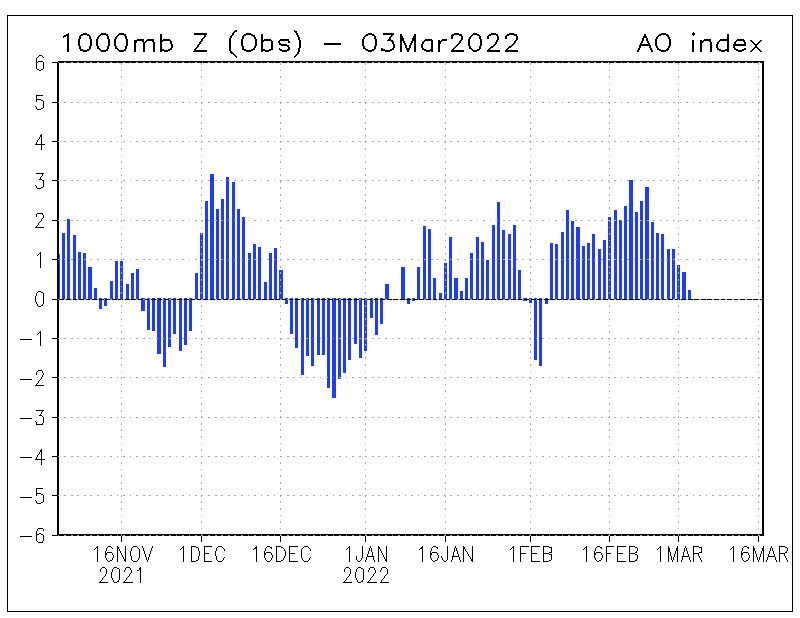As sunspot 1402 leaves us...
X-class=the highest energy:
X-FLARE:
Departing sunspot 1402 unleashed
an
X2-class
solar flare today, Jan. 27th, at 18:37 UT. Click
on the image to view a movie of the extreme ultraviolet
flash recorded by NASA's Solar Dynamics Observatory:
Sunspot 1402 is rotating onto the
far side of the sun, so the blast site was not facing
Earth. Nevertheless, energetic protons accelerated
by the blast are now surrounding our planet, and
an intensifying
S1-class
radiation storm is
in
progress.
The explosion also produced a spectacular
coronal mass ejection (CME):
SOHO
movie. Analysts at the Goddard Space Weather
Lab say the cloud raced away from the sun at 2500
km/s or 5.6 million mph. The CME is not heading
toward Earth, although it is too soon to rule out
some kind of glancing blow on Jan. 28-29. Stay tuned
for updates.
Solar
flare alerts: text,
voice.
-From
SpaceWeather.com
Space.Com says it was the most powerful flare of the year.
Meanwhile, over att
MarketBeat:
"Well, this is it, my last post on this blog."
As I said in 2010's "
We Lost a Friend Yesterday (Hint: we like reporters)":
The powers that be at the online outpost of the Wall Street Journal decided to turn out the lights on Environmental Capital.
EC was probably the best spot on the web for quick hits on matters energy/environment/policy.
We
linked to it's predecessor, the WSJ's Energy Roundup on our blog's
first day, Feb. 19, 2007. Three days later the site's proprietor, Mark
Gongloff posted:
Blog Roll: E.Coli Edition
Toronto Star reporter Tyler Hamilton, writing in his Clean Break blog, offers a synopsis of his new story in MIT’s Technology Review about a Canadian company called CO2 Solution, which has found a way to capture carbon dioxide from power plants and factories using an enzyme extracted from genetically engineered E. coli bacteria.

Blogs We’re Reading:
– Mark Gongloff
I was so tickled I came back with:
We got a mention in Mark Gongloff's WSJ Energy Roundup yesterday.
The reasons we linked to the Energy Roundup from our first day?
"Gongloff, a master of any medium he chooses...Energy Roundup will be a case study of the craft."
-COLUMBIA BLOGGING REVIEW
"Energy Roundup has a lot under the hood, tight and fast".
-CAR AND BLOGGER
"Energy Roundup-It's a smash, number one with a bullet!"
-BlogBillboard
"Energy Roundup is intelligent; To use a tired cliche, a must read."
-NEW YORK REVIEW OF BLOGS
"Just two weeks on the scene, Mark Gongloff's WSJ Energy Roundup is redefining what a business blog should be."
-EDITOR & BLOGGER.
Seriously Mark, thanks for the link-back.
Edited 6:34 p.m: -and Kudos to the wsj.com staff.
In
addition to being the blogmaster Mr. Gongloff was Markets Editor for
the online Journal. He also hung out with his pal David Gaffen who
headed up the Journal's marquee blog, MarketBeat.
Here's a quick
overview of MarketBeat's first two weeks.
Mark either saw a spark of something or he was bemused by our [
very -ed] amateur efforts.
We scored over a dozen spots on the ER's
blogroll and a couple
Hat Tips, all of which helped immensely in spreading the word about Climateer Investing....
MORE
As recently as August we awarded the "Line of the Day" to Mark:
Climateer Line of the Day: Meta-metaphor Edition
I've left a comment at MarketBeat that apparently didn't make it through the spam filters
Rupert, get on this!
Seriously, my first thought when a friend emailed the news was Dammit. Damn, Damn, Dammit.
First class journalism and some knowledge of music, big shoes to fill.
What was it the dolphins said in the Hitchhikers Guide?

















